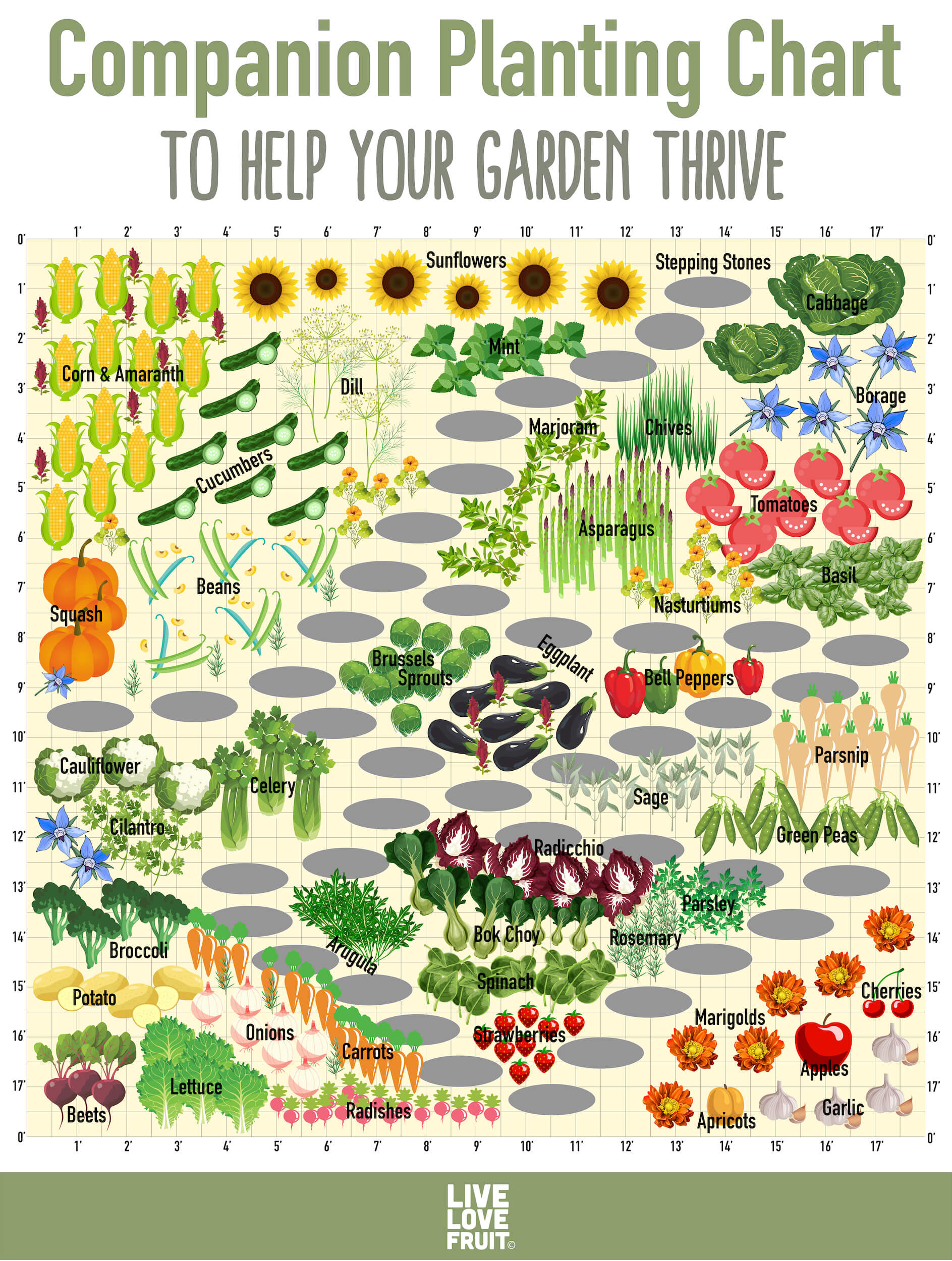Companion Growing Guide: Tips and Tricks for Productive Partnerships
What is Companion Planting?
What is Companion Planting?
Companion planting is the practice of growing different plants together in order to achieve a variety of benefits. These benefits can include pest prevention, soil improvement, increased yields, and more.
Why is Companion Planting Important?
Companion planting is important because it allows for a more diverse and resilient garden ecosystem. By growing a variety of plants together, gardeners can reduce the risk of pests and diseases, improve soil health, and increase crop yields.
Section 1: Choosing Companions Based on Growth Habits
Choosing Companions Based on Growth Habits
One important factor to consider when choosing companion plants is their growth habits. Plants that have similar growth habits may compete for resources or stifle each other's growth, while plants with complementary growth habits can support each other and create a more productive partnership.
Examples of Complementary Growth Habits
- Tall plants like corn or sunflowers can provide shade for lower-growing plants like lettuce or spinach.
- Climbing plants like beans or peas can use taller plants like corn or trellised tomatoes as supports.
- Plants with deep taproots, such as carrots or parsnips, can help break up compacted soil for shallow-rooted plants like onions or garlic.
Section 2: Companion Planting for Pest Prevention
Companion Planting for Pest Prevention
Another benefit of companion planting is pest prevention. By growing certain plants together, gardeners can deter pests and reduce the need for harmful pesticides.
Examples of Pest-Preventing Companion Plants
- Marigolds can repel nematodes and other soil-borne pests.
- Lavender and other fragrant herbs can repel mosquitoes and other flying insects.
- Mint and other aromatic herbs can repel aphids and other sap-sucking insects.
Section 3: Soil Improvement Through Companion Planting
Soil Improvement Through Companion Planting
Companion planting can also help improve soil health by adding nutrients, breaking up compacted soil, and increasing organic matter.
Examples of Soil-Improving Companion Plants
- Clover and other legumes can fix nitrogen in the soil, making it available to other plants.
- Radishes and other brassicas can help break up compacted soil and improve drainage.
- Cover crops like buckwheat or rye can add organic matter to the soil and suppress weeds.
Section 4: Companion Planting for Increased Yields
Companion Planting for Increased Yields
Finally, companion planting can help increase yields by improving pollination, providing shade or support, and creating a more balanced garden ecosystem.
Examples of Yield-Increasing Companion Plants
- Borage and other flowers can attract pollinators to the garden.
- Cucumbers and other vining plants can use trellises or other supports to increase their yield per square foot of garden space.
- Beans and other legumes can fix nitrogen in the soil, which can improve the yield of other plants that follow them in the same bed.
Putting It All Together
By choosing complementary companions based on growth habits, pest prevention, soil improvement, and increased yields, gardeners can create a more productive, diverse, and resilient garden ecosystem. Whether you're an experienced gardener or just ing out, companion planting is a powerful tool for achieving your gardening goals.
FAQs
Q1: What are some good companion plants for tomatoes?
A: Some good companion plants for tomatoes include basil, marigolds, and onions. Basil can improve the flavor and pest-resistance of tomatoes, while marigolds can deter nematodes and other harmful pests. Onions can also help repel pests and improve soil health.
Q2: Can I companion plant in containers?
A: Yes! Companion planting can be in containers as well as in traditional garden beds. Just make sure to choose plants with similar growing needs and avoid overcrowding your containers.
Q3: Do I need to rotate my companion plantings each year?
A: Yes, it's a good idea to rotate your companion plantings each year in order to avoid depleting the soil of nutrients and prevent the buildup of pests and diseases.
Q4: Can companion planting help reduce the need for pesticides?
A: Yes! By using companion planting to deter pests and create a more balanced garden ecosystem, you can reduce or eliminate the need for harmful pesticides.
Q5: Are there any plants that shouldn't be grown together?
A: Yes, there are some combinations of plants that may compete for resources or be harmful to each other. For example, beans and onions should not be grown together as they may stunt each other's growth. Do some research on your specific plants before pairing them up.
I hope this outline helps you get ed on your blog post. Remember to proofread and edit your work carefully before publishing. Good luck, and happy gardening!









Post a Comment for "Companion Growing Guide: Tips and Tricks for Productive Partnerships"